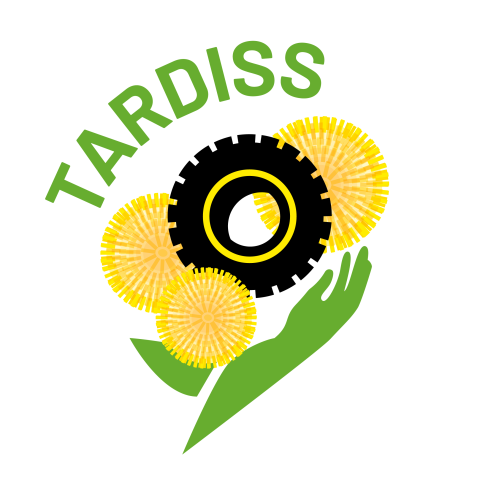ERC for Transformation of American Rubber through Domestic Innovation for Supply Security

TARDISS will lead fundamental research towards US natural rubber biomanufacturing. Currently the single commercial source of natural rubber is the tropical rubber tree (Hevea brasiliensis), with production areas all outside of the United States. TARDISS will use a systems engineering approach to integrate engineering with biology, biotechnology, agriculture, and other disciplines, optimizing alternative plants to produce entirely new natural rubber materials at scale. The TARDISS team will collaborate with communities, farmers, processors, and rubber manufacturers to enable biomanufacturing-based natural rubber production optimized to large parts of the US, with a focus on marginal agricultural lands. TARDISS will enable a circular biomanufacturing economy that respects natural systems, including pollinator services by the new domestic crops, water recycling and re-use, additional CO2 capture, and an estimated 2 million jobs tied to US soil. The outcomes will be a sustainable domestic rubber industry and a new, young, diverse workforce converging agriculture and engineering trained through a new American Rubber Academy.
Advanced Manufacturing
Advanced Manufacturing
Location
Lead Institution
Start Year
Website
Fact Sheet
Core Partners
Center News and Achievements
Locations
ERC for Transformation of American Rubber through Domestic Innovation for Supply Security

TARDISS will lead fundamental research towards US natural rubber biomanufacturing. Currently the single commercial source of natural rubber is the tropical rubber tree (Hevea brasiliensis), with production areas all outside of the United States. TARDISS will use a systems engineering approach to integrate engineering with biology, biotechnology, agriculture, and other disciplines, optimizing alternative plants to produce entirely new natural rubber materials at scale. The TARDISS team will collaborate with communities, farmers, processors, and rubber manufacturers to enable biomanufacturing-based natural rubber production optimized to large parts of the US, with a focus on marginal agricultural lands. TARDISS will enable a circular biomanufacturing economy that respects natural systems, including pollinator services by the new domestic crops, water recycling and re-use, additional CO2 capture, and an estimated 2 million jobs tied to US soil. The outcomes will be a sustainable domestic rubber industry and a new, young, diverse workforce converging agriculture and engineering trained through a new American Rubber Academy.
|
LocationWooster, OH
|
Lead InstitutionThe Ohio State University
|
Start Year |
Website |
Fact Sheet |
Core PartnersCaltech
North Carolina State University
Texas Tech University
University of California, Merced
|
Center News and Achievements
Locations
ERC for Transformation of American Rubber through Domestic Innovation for Supply Security

TARDISS will lead fundamental research towards US natural rubber biomanufacturing. Currently the single commercial source of natural rubber is the tropical rubber tree (Hevea brasiliensis), with production areas all outside of the United States. TARDISS will use a systems engineering approach to integrate engineering with biology, biotechnology, agriculture, and other disciplines, optimizing alternative plants to produce entirely new natural rubber materials at scale. The TARDISS team will collaborate with communities, farmers, processors, and rubber manufacturers to enable biomanufacturing-based natural rubber production optimized to large parts of the US, with a focus on marginal agricultural lands. TARDISS will enable a circular biomanufacturing economy that respects natural systems, including pollinator services by the new domestic crops, water recycling and re-use, additional CO2 capture, and an estimated 2 million jobs tied to US soil. The outcomes will be a sustainable domestic rubber industry and a new, young, diverse workforce converging agriculture and engineering trained through a new American Rubber Academy.
